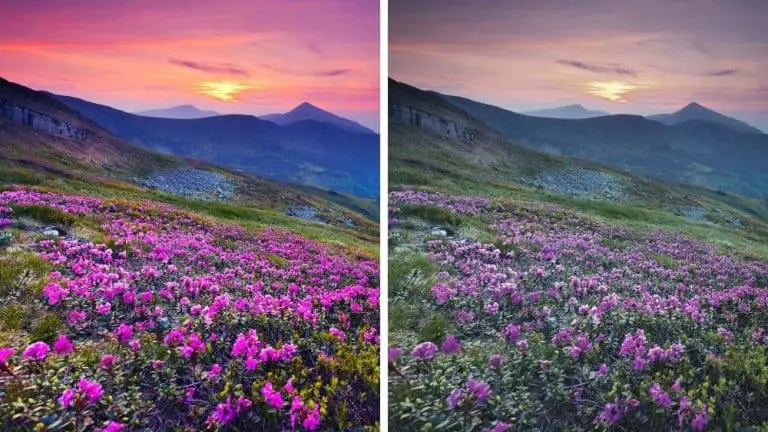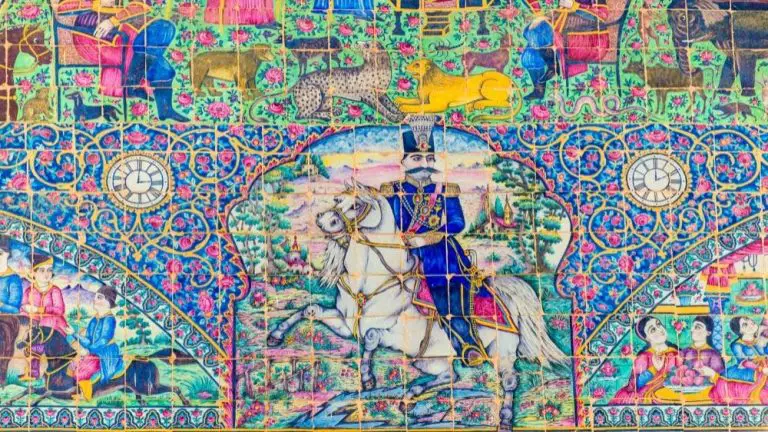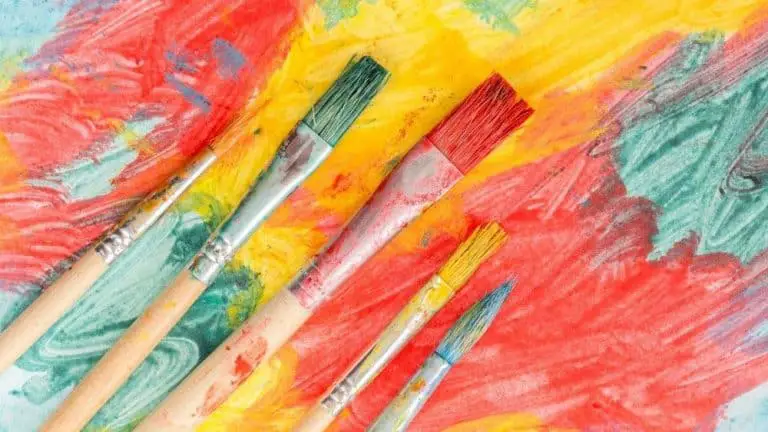10 Easy Steps to Finding Your Perfect Art Style (Explained)
Every great artist has memorable and instantly recognizable artworks. When you look at one of the paintings of Da Vinci or a play from Shakespeare, you don’t need a label to know who created these works.
If you’re just starting out, you might have heard from multiple sources that you need to develop your own art style to become an outstanding artist. But maybe you’re still not sure what that really means or what you need to do to go about finding your perfect art style.
Finding an artistic style is a gradual process. You may notice changes in your style over time as you acquire more skills and experience.
If you need help developing or perfecting your art style, this article can help. I’ll show you the steps towards discovering your art style and perfecting it gradually over time to develop a style that suits your art and helps you stand out in the art world.
What Is an Art Style?
Before figuring out or improving your art style, it’s imperative to know what “art style” really means.
An art style refers to any element, color, medium, or technique that sets your work apart from that of other artists. Since it relates to anything that makes your work recognizable, it’s hard to attribute it to a specific part of an artwork.
The process of developing your art style should be natural and gradual. However, this doesn’t mean you shouldn’t consciously work to understand your style. The best way to find and develop your artistic voice is to start wherever you’re at and gradually adjust your process while remaining mindful of how your style is developing. This will happen naturally as time goes by.
Your art style creates a consistent pattern across your art. If you follow contemporary artists on Instagram, you’ll notice that most of them have a specific kind of illustration or painting style, and they stick to it; learning that kind of consistency is the essence of developing your signature style.
How to Find Your Art Style (10 Steps)

(This article may contain affiliate links and I may earn a commission if you make a purchase)
As I mentioned above, you don’t suddenly find your art style. Discovering and perfecting your art is the result of careful thought, imitation, practice, and perseverance. However, going blindly into the process doesn’t help much either.
When looking for your art style, it’s good to have a game plan. So here, I’ll show you some of the steps necessary for developing a unique art style.
1. Find an art genre you like.
Choosing a genre is the broader form of finding your art style. Before trying to create your specific art style, you must choose a genre that will represent your art.
Regardless of how skilled or talented you may think you are, you really shouldn’t be drawing, painting, sculpting, and writing fiction at the same time. While it’s pretty badass to be able to do all this, a jack of all trades, they say, is a master of none.
Instead of trying to be that one artist who excels in all creative art genres, find a genre to which you’ll devote most of your time.
There’s nothing wrong with specializing in two genres at once if you’re trying to establish yourself in multiple areas. However, know that specializing in various styles will make working on varied projects in tandem more confusing.
While this may not make a lot of sense right now, checking out the other steps in this guide will make the whole thing add up at the end.
2. Try emulating your favorite works in the art genre.
After choosing a genre, try collecting your favorite artworks in that niche. For example, if you’ve decided to focus on painting, you can create a Pinterest board of your favorite paintings. Don’t worry about collecting a specific style of painting. Just save anything that catches your eye.
After collecting some of your favorite artworks, you’ll almost certainly notice something in common with all of them. For example, I discovered my knack for landscape photography this way, which played a significant role in defining my photographic style.
Since you already know the kind of art you like at this point, try emulating the style of some of your favorite works. While I don’t recommend copying someone else’s art, you can certainly use it as inspiration for your own artwork.
When you do this continuously with multiple paintings, you will begin to notice a pattern across all of your paintings. This unique pattern will help define your personal style, but this isn’t about discovering a half-baked style. It’s about perfecting your art style.
So, there’s still a long way to go.
3. Try using different mediums within your genre.
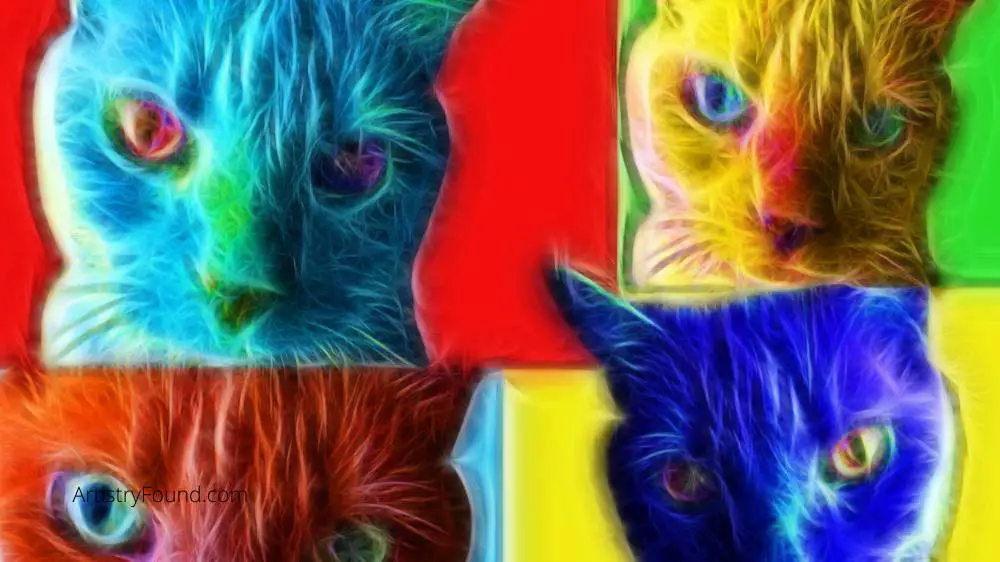
The fact that you love how watercolor looks on canvas doesn’t necessarily mean you have to paint in watercolor. You can try imitating a painting made in watercolor, but instead, use oil paint and see how it goes.
Sometimes, your art style may be unrelated to the message or elements in your art; it may be what you use to make your art that will define your individualized style.
Try painting a natural scene using unnatural colors, or try reproducing an acrylic painting using oil paint. You just never know what you’ll end up being inspired by and surprisingly good with.
Instead of limiting yourself to a common medium, style, and colors that are supposedly “appropriate,” try thinking outside the box. See if breaking some of the established art rules leads to a different style all your own. Some of the craziest art styles have been created while breaking the rules (Pop Art and Cubism are great examples).
4. Practice your art consistently.
Discovering and perfecting your art style doesn’t happen by chance. It happens deliberately. Just like every other art skill, the only known secret to perfecting your art style is by practicing to deliberately create a style in the first place.
Practicing to develop your art style doesn’t only involve actively creating art. When you carry out any of the activities in this guide with the sole purpose of finding your art style, it counts as practice. Repeating it regularly over an extended period is considered to be “consistent practice.” It is the most essential factor in finding your style.
When trying to find your art style, you must be willing to make drawings or paintings just to compare them to stuff you’ve already made.
Compare and contrast the works you’ve made with the works from your favorite artists. Comparing and contrasting your work with your own work or that from different artists you admire will lead you down a path to not only creating art that you like but art that features your own style.
5. Consider the message behind your art.
As I explained earlier, your art style isn’t necessarily about how you create. Sometimes, the message behind your artwork will be the recurring theme across your body of work, essentially defining your style.
Creating aesthetically pleasing art is essential, but without a message, your works will never be great. Just try imagining how a technically well-written novel would read without a well-defined plot.
If most of your artworks are geared at criticizing contemporary ills, that may be your art style. However, your art shouldn’t necessarily have such a simple style—your style needs to be a combination of several unique elements. These should include technique, subject matter, and a definable message.
For example, if you make oil paintings of animals looking at the sky on a sunny day, that’s quite distinctive. But it doesn’t mean all paintings with animals are unique to you, or even painting with animals looking at the sky.
There still needs to be another element, such as a specific message, to tie it all together.
When trying to develop and perfect your art style, identifying the message behind most of your artworks may set you on the path to understanding what contrasts you from other artists.
6. Be patient (Art styles don’t appear overnight).

If there’s a point that I’ve overstressed in this piece, it’s the fact that patience is a crucial factor in discovering your distinct art style.
Patience in this context is the ability to keep creating art consistently as your style develops and changes. Developing an art style is a process and developing processes require patience.
Also, you don’t have to discover a specific art style and stick to it throughout your career. Remain flexible. You may spend years creating a body of work in a particular style to only later change direction and start down an entirely new path.
Finding an art style needs to be an organic process. It can’t be rushed.
7. Pay attention to recurring themes in your artwork.
The recurring theme across your art is your true subconscious art style. This may be something as subtle as the color palette you choose for a painting or something as obvious as drawing abnormally large eyes for your characters.
These elements define your art, and they set it apart from that of other artists. The recurring features in your art may be fairly easy to spot or may take a lot of work to uncover, depending on what kind of art you create.
However easy it is, the basic foundation to finding the perfect art style for you is paying close attention to the common elements across all of your artworks.
Sometimes, you may need someone else to point them out to you, which is another step in the process entirely.
After noticing the similarity, try creating art casually and quickly without paying too much attention to see if this same element appears. If it does, you’ve just discovered your unique style or at least part of your art style.
8. Learn from criticism.
Getting constructive criticism is somewhat tricky for a couple of reasons. First, most of your friends and family won’t have the heart to point out the imperfections in your art, and second, most of the people willing to criticize your art do so because they hate it.
The best type of criticism comes from someone who doesn’t hate what you’re doing but can also tell you some of the things you’re doing wrong. Sometimes, they may even be the ones to point out the uniqueness of your art!
If you’re willing to get some constructive criticism, try showing your art to other artists you respect. Most of them actively study art, even if they haven’t attended an art school.
Ask for their observations and reservations about your work and try to note the negative comments. These shouldn’t let you down; it’s up to you to decide if it makes sense to change something or if those seemingly negative aspects of your art are important to you and your style.
You can also share your art on social media to see the reactions from the general art community. While a lot of positive comments are usually guaranteed, you shouldn’t block that guy saying your choice of colors is “weird.”
Give some thought to any criticisms received, and then make up your own mind. You are the artist, after all!
9. Don’t force yourself into an artistic style.
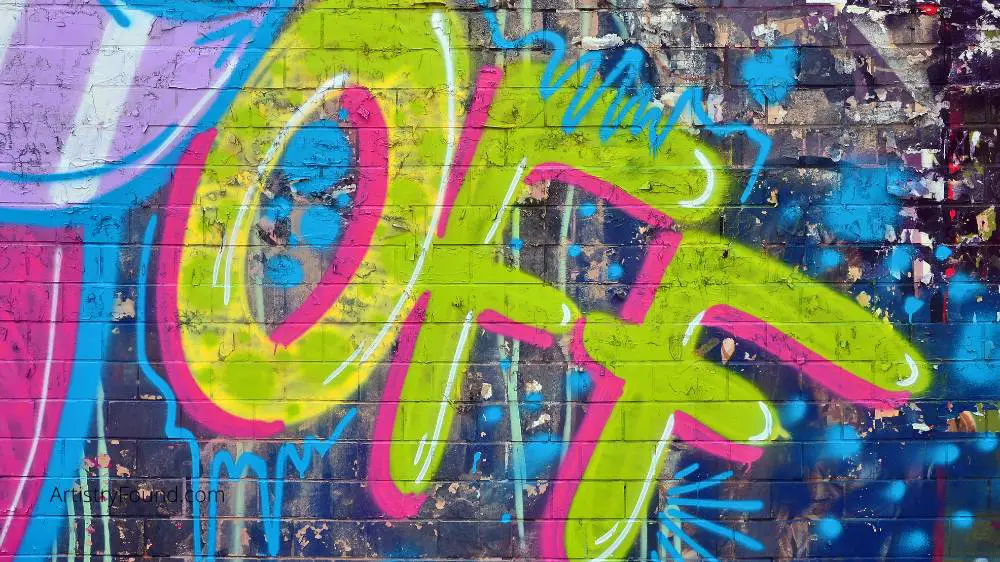
Your art doesn’t have to be perfect because art itself isn’t perfect. If everyone created 100% “perfect art”, everything would look the same, and there will be no room for variations in art style in the first place.
Instead of correcting every one of your mistakes, try to see how you can incorporate those mistakes into your overall artwork to create something amazing. Your mistakes are part of your style, and ignoring them will make your art bland.
Also, trying too hard can make you force an art style onto yourself instead of “discovering” your art style. You shouldn’t go out of your way to make your art match your perceived style. To do so is actually restricting your style from growing and evolving into what it’s meant to be.
When you try too hard to develop a style and try to make all your subsequent artworks match that forced style, you’ll find it more challenging to make art, as you’re actively trying to do what you should be doing instinctively.
10. Explore multiple art styles and continue to grow.
If you thought you’ve found your perfect art style, you might, in actuality, just be getting started.
The truth is your art style will never be complete. Even once your method is developed you’ll want to think of your artistic style as a living, breathing entity.
As you gain more experience with art, you’ll notice that you can develop and perfect multiple styles, depending on the kind of art you create.
When you discover a great many different art styles unique to you, you can combine all of them in your future works to create a truly unique and even more memorable art style altogether!



